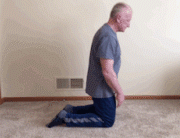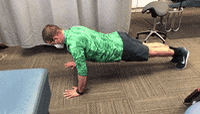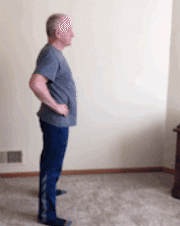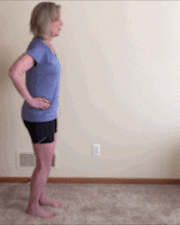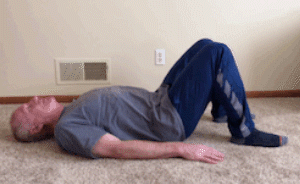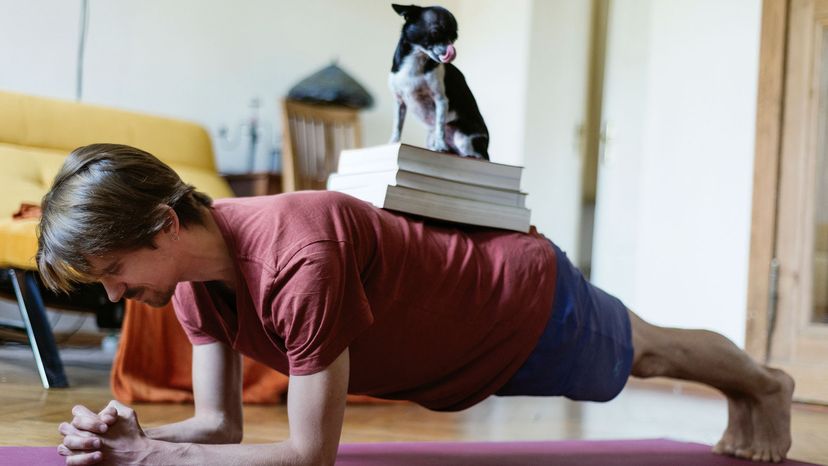
Calisthenics is a retro term that evokes images of 1950s-era schoolchildren doing jumping jacks in gym class. Yet while the word isn't often used today, calisthenics are still around — and many of us are doing them.
Calisthenics are rhythmic exercises that are typically performed without apparatus. Think situps, pushups, squats and, yes, jumping jacks. To put it into more modern terms, calisthenics is resistance training using your own body weight. So instead of using dumbbells to do bicep curls and chest flies, you can just do some pushups.
Advertisement
While it may be obvious that calisthenics can improve your strength, they're also great at boosting flexibility, agility, balance and coordination. If done properly, they can also enhance aerobic conditioning. Pick the right combination of calisthenics, and you can work almost every muscle in your body. But these aren't the only benefits.
Calisthenics are free; you don't need a gym membership to do them. And you can perform the exercises anywhere, like hotel rooms, parks and grandma's house. A calisthenics routine is also practical, since the movements tend to mimic ones we make in real life. So if you become proficient at doing squats, for example, squatting down to pick up the laundry basket or your toddler will become easier.
"A lot of calisthenic exercises also target muscle groups that aid in reducing low-back pain," says Andrew Schupp, owner of Schupp Chiropractic and Sports Injuries. And that's a huge benefit, he says, as so many people struggle with lower-back issues.
Some people believe you can only go so far with calisthenics. That is, while you can build more muscle mass by lifting heavier weights, you can't do the same with calisthenics. But that's not fully accurate. While you can't build as much muscle in your legs using just your body weight, calisthenics always can be made more difficult to continue building muscle in other areas. Proficient at pushups? Then have someone push down on your back as you're doing them, or try to explode upward and clap in between each one.
Another benefit of calisthenics is that they tend to be kinder on your body. For while it's easy to stress your body in the gym — selecting weights that are too heavy, for example, or using a machine incorrectly — you tend to maintain better form performing calisthenics.
So which ones are the best? You'll want a selection that targets the main areas of your body — back, chest, shoulders, arms, legs and core — although most calisthenics simultaneously work several muscle groups. Our picks can be done as a group three times a week, or, if you're breaking your workout into upper and lower-body days, then do the exercises that correspond with the body part you're working. Be sure to concentrate on form, rather than how many reps you can do — and always keep your stomach pulled in while doing these exercises. Here are five great ones to get you started.
Advertisement
